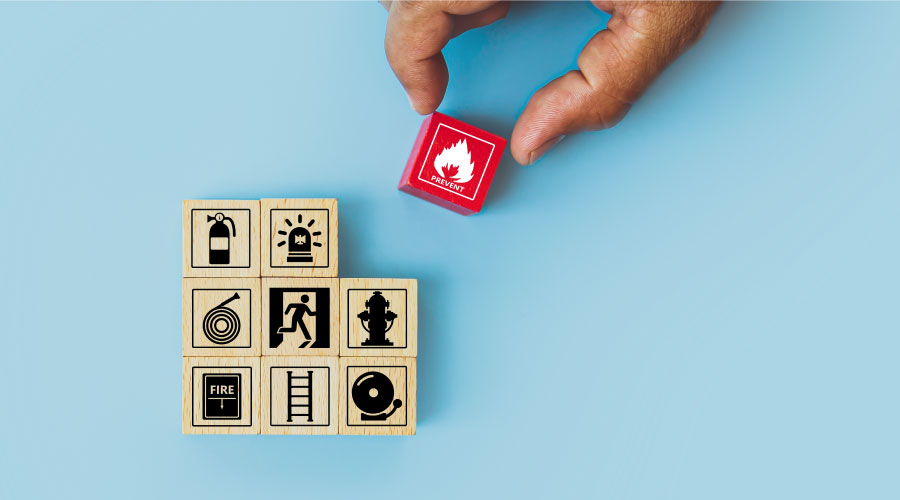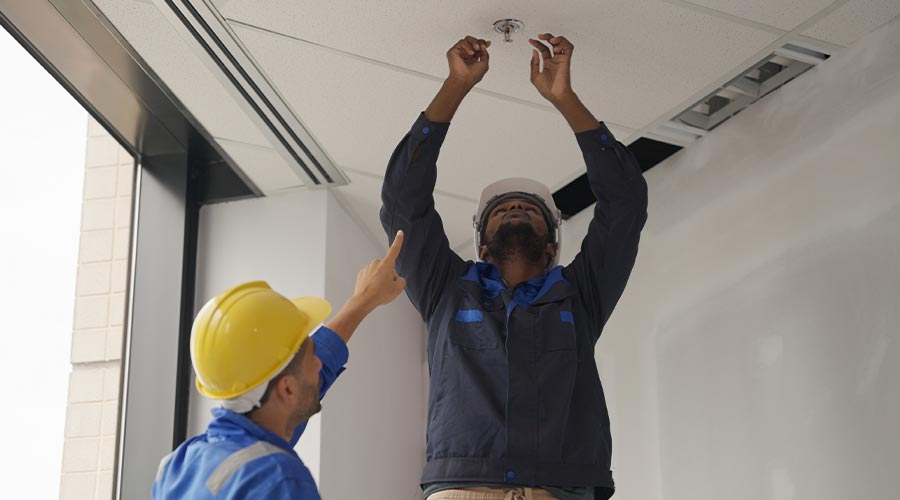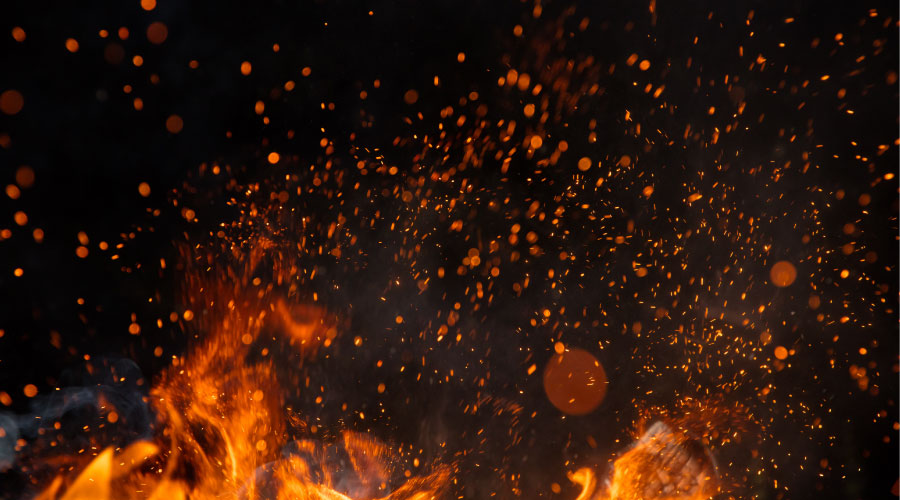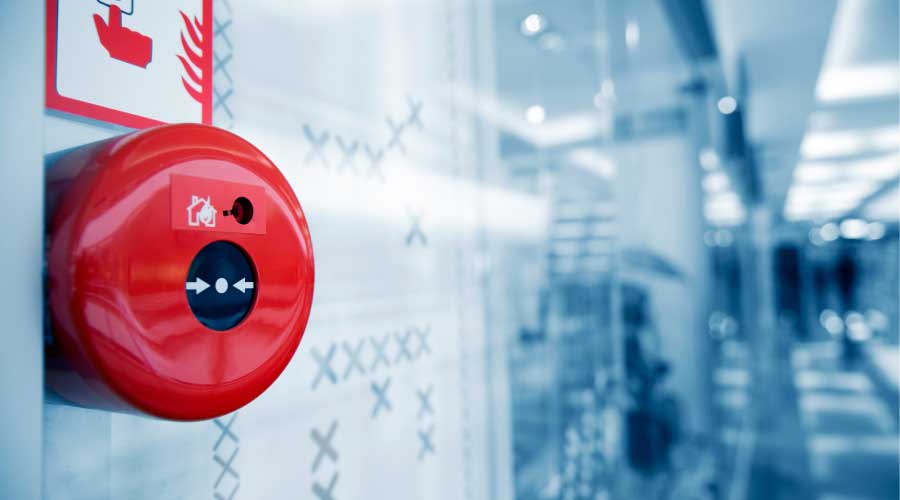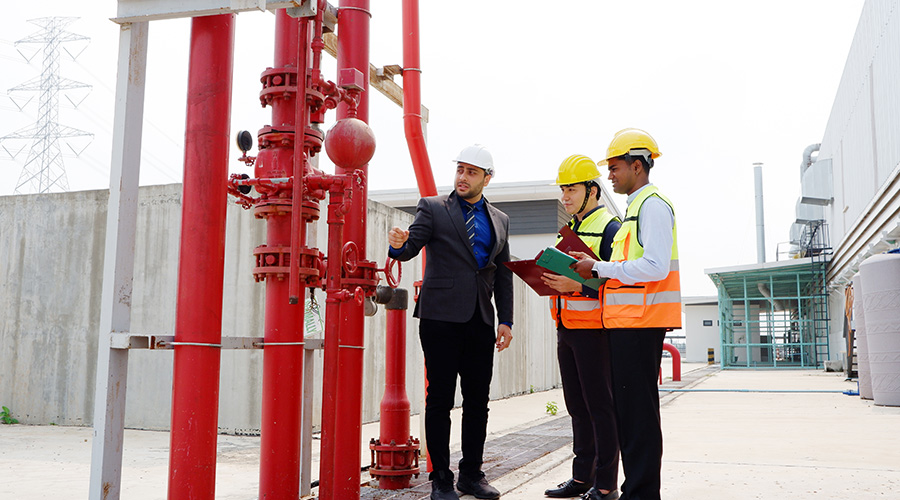Strategies for Thermal Hazard Risk Management
Addressing risk of fire hazards must be a proactive process. Here are some steps facility managers can take.
By Nelson Duran, Contributing Writers
Jet fires, pool fires, and other minor industrial thermal events occur daily, and typically the consequences are contained with relative ease. The ubiquity of fire risk has led some facility managers to view thermal hazard protocols as trivial compared to other incidents, such as physical or chemical. Facility managers tend to be more willing to accept the risk and engage with reactive remediations than they might be when facing other threats.
This isn’t necessarily the fault of process safety managers or the agencies responsible for oversight so much as it is a result of the human tendency to underestimate the severity of familiar incidents. But now the aggressive start to Canada’s wildfire season has put the broader impact of “worst-case-scenario” fires into perspective for many. While the country is accustomed to handling wildfires throughout its borders during the summer months, May and June 2023 saw Canada’s infrastructure contending with over 450 separate blazes, burning virtually from coast to coast.
Beyond environmental damage, the fires have greatly impacted the country’s critical infrastructure. In addition to sending plumes of smoke into the U.S. and across seas to Norway, these fires have reduced oil production in Alberta (the country’s leading energy-supplying province) by nearly 4 percent, serving as a stark reminder of what can happen when an unusual scenario becomes reality.
Critical Processes for Critical Infrastructure
Typically, facilities have approached fire risk management through the lens of inevitability; prioritizing building codes, evacuation planning, sprinklers, and other physical safeguards that can reduce fires’ impacts. While these are critical features, they are designed to mitigate the impact of fires that are already happening. They do nearly nothing to prevent a fire from affecting the facility in the first place, nor do they shed light on what might happen if those reactive guardrails fail.
Emergency response is important, but facility managers looking to uplevel their thermal hazard planning need to treat fires just as they would any other hazard scenario—and recognize that thermal hazards include other types of incidents as well (like blasts and explosions). That means assessing the facility and its operations from all angles to identify all the factors that might contribute to ignition or exacerbate its effects.
Today’s risk professionals employ a variety of techniques to support comprehensive consequence analyses and quantitative risk assessments (QRAs), each designed to evaluate unique factors that contribute to the initiation of man-made thermal incidents. These tools support an understanding of the consequences a facility might expect should an incident (man-made or natural) take place.
Facility managers that want to develop a thermal hazard risk profile for their facilities should explore:
- Gas dispersion modeling. This model can help to predict how flammable or otherwise hazardous gasses spread in a specific environment and can be adjusted to assess a diverse range of leak scenarios. This helps facility managers and safety specialists understand which areas might be the most susceptible to pooled gas, high levels of toxicity, and other hazards during various emergencies.
- Fan pressurization testing. Sometimes called “blower door testing,” this evaluation uses specialized equipment to assess air tightness and leakage rates relative to windspeeds within facilities. These factors are critical to understanding shelter-in-place timelines, how pressure builds over time, and how effectively the facility can be segmented in different blast, fire, and leak scenarios.
- Finite element analysis. This numerical method is used to help managers understand how their facilities’ physical structures might contribute to blasts and other thermal hazards. Utilizing advanced software, operators can simulate the effects of thermal and other hazards on critical structural elements of the facility to calculate the safety margin and identify any structural weaknesses within the building. This process is best suited for new construction of greenfield projects to identify optimal designs or in assessments to highlight areas that may need to be remodeled to reduce risk.
- Diagnostic testing with infrared thermography. Integrating infrared cameras into facilities’ thermal hazard mitigation programs can help teams monitor for leaks and thermal anomalies. This can be an isolated activity that’s conducted on a regular basis to guide remediations or cameras can be installed in key locations to help monitor high-risk areas on an ongoing basis.
- Computational fluid dynamics. Computational fluid dynamics assessments are less conservative than other methods and are extremely valuable for managers that want to understand the consequences of specific scenarios. These evaluations use a 3D, digital model of the environment to predict flame profiles, blaze interactions, and radiation shielding to yield deeper, more specialized insights into specific scenarios. It can also be used to bolster evacuation and shelter modeling to design better employee safety protocols.
The above are just the first steps on the journey toward better procedures. Using the findings from these and other tests, facility managers can begin to develop plans to address hazards in the space and help to prevent ignition rather than relying on emergency responses after a fire has begun.
Familiar Doesn’t Mean Safe
Addressing risk is a proactive, ongoing process, and it must take all possibilities into account. Although the consequences of fires are—more often than not—relatively minor, effective risk management hinges on having an answer to the question: what happens when the unusual scenario comes to pass? All too often, the answer in industrial facilities is: “We’re not sure.” That response poses problems for businesses, workers, and the communities they serve.
Fires can and do happen everywhere and that makes them feel both inevitable and familiar—but it should not make them feel less threatening. With the National Fire Protection Association estimating that American fire departments respond to nearly 38,000 fires in industrial manufacturing environments each year, relying on reactive measures alone is a dangerous game of chance. While embracing a proactive approach will not eliminate the risks posed by fires and blasts altogether, it can improve your odds of staying operational and keeping employees safe when a thermal hazard comes to pass.
Nelson Duran is engineering director for ABS Consulting. He has more than 18 years of experience supporting government, private and industrial facilities in the U.S and Singapore, performing advanced non-linear, dynamic and finite element analyses for a variety of problems. Using state-of-the-art finite element codes to analyze structures, structural components, facilities and equipment for a non-linear response when subjected to adverse loading conditions.
Related Topics:








